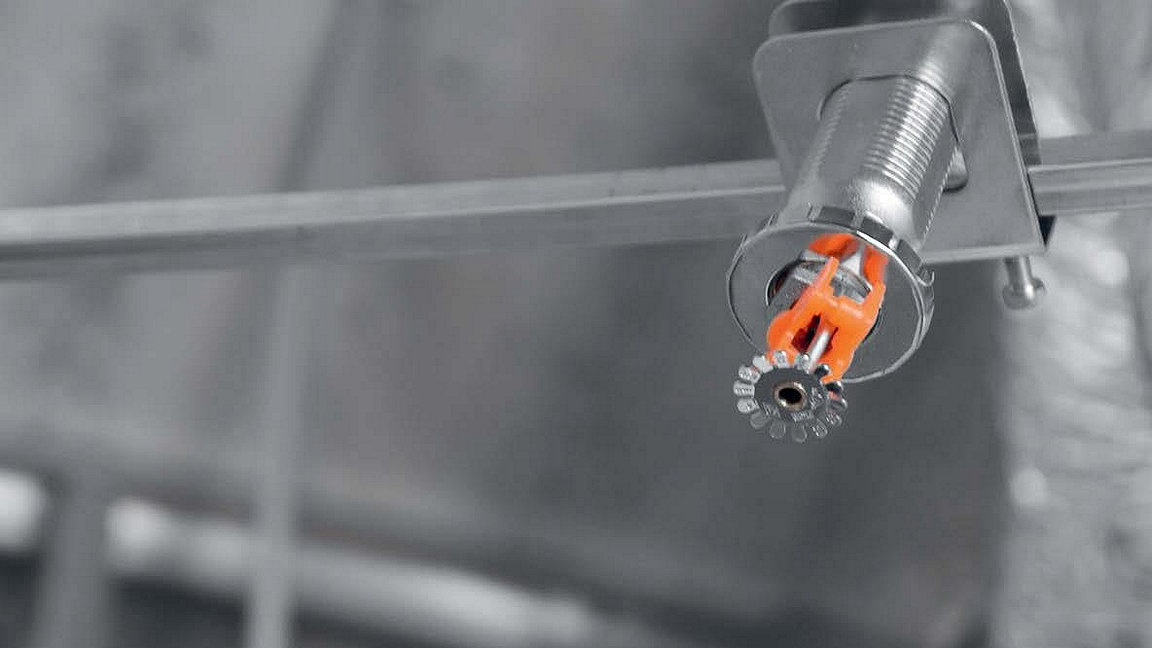
Australia's suburbs and towns are growing by around 400,000 people a year. This has led to a shift in the construction of residential buildings away from traditional stand-alone dwellings to medium- and high-density accommodation. So although apartment buildings and townhouses make up a third of residential stock, they represent two-thirds of new housing approvals.
Rising fire risk
Coupled with this, a significant increase in the use of synthetic furnishings over the past 30 years has added considerably to the fuel load for potential fires in the average residence. But safety regulation has not moved so fast.
Research by UL, formerly Underwriters Laboratories, found that a US home with modern furnishings reached flashover within 3 minutes and 40 seconds – significantly quicker than the 29 minutes for a home with traditional furniture.
This risk to residents is further increased by the toxicity of smoke from synthetic materials and the time it takes firefighters to arrive after a blaze is detected – typically 7–9 minutes in urban areas.
It is a frightening scenario.
"A significant increase in the use of synthetic furnishings over the past 30 years has added considerably to the fuel load for potential fires in the average residence"
Residential research
In Bankstown, New South Wales, the death of a resident and permanent injury of another in an apartment block that was not protected by sprinklers led to the coroner recommending that all new class 2 and 3 buildings – that is, apartments and accommodation other than houses – be fitted with adequate, cost-effective sprinkler systems, through an amendment to Australia's National Construction Code (NCC).
In response, Fire and Rescue NSW, the Australasian Fire and Emergency Service Authorities Council, Fire Protection Association (FPA) Australia and the Commonwealth Scientific and Industrial Research Organisation set out to investigate suitable systems. Their research and testing found that a room that is not protected can actually reach flashover even faster than expected – in just 2 minutes and 45 seconds.
Sprinklers were found to reduce toxicity and temperature levels, giving more time for occupants to escape a fire safely. This led to the development of systems that would increase safety at minimal or no additional cost or complexity so they would be more viable for builders.
Designs for these were then published by FPA Australia as Technical Specifications FPAA101D and FPAA101H in 2018, which are now referenced in the NCC for residential apartment buildings of more than 3 storeys but less than 25m in height.
- reducing costs by using an existing drinking water or hydrant water supply, rather than requiring a dedicated sprinkler supply
- eliminating the need for routine testing of systems connected to the drinking water supply because the reliability of that supply is confirmed by everyday domestic use; an annual survey for any changes to the system or building is still recommended
- cost-effectiveness, due to speedy construction methods and the elimination of conventional sprinkler valve assembly.
Statistical and risk analysis shows that these sprinklers have reduced risks by a minimum of 67%, from 3.9 fatalities per 1,000 fire starts to 1.3 for FPAA101D and 1.1 for FPAA101H. The analysis also demonstrated a corresponding decrease in the number of injuries from fires.
- reducing the incidence of smoke inhalation by occupants
- increasing safety for firefighters by lessening the severity of fires
- reducing insurance premiums and protecting property by minimising damage
- reducing the effects of any fire protection defects in a building, such as unprotected penetrations or high fuel loads
- supporting the emergency evacuation of residents, especially the elderly and disabled people.
Increased installations
FPA Australia is now seeing these systems being installed throughout the country – an effort championed by Australia's Home Fire Sprinkler Coalition – and is now monitoring their successes and challenges to enhance future versions of the technical specifications.
The introduction of FPAA101D and FPAA101H is a significant step forward in fire safety, and will undoubtedly save lives by introducing a new layer of sprinkler protection for apartment residents.
